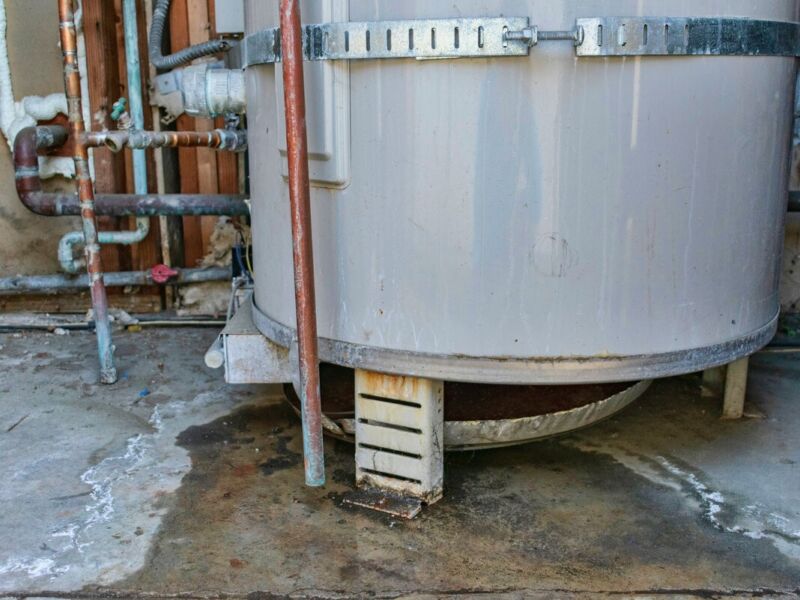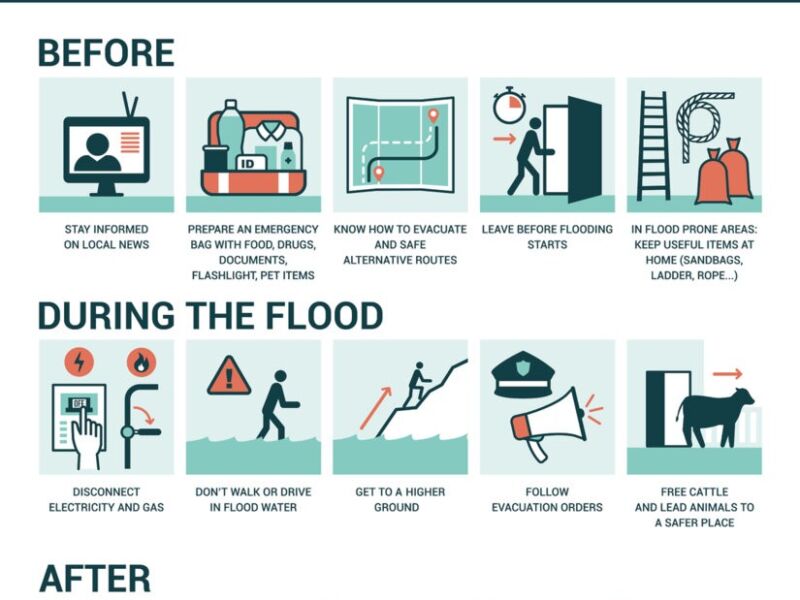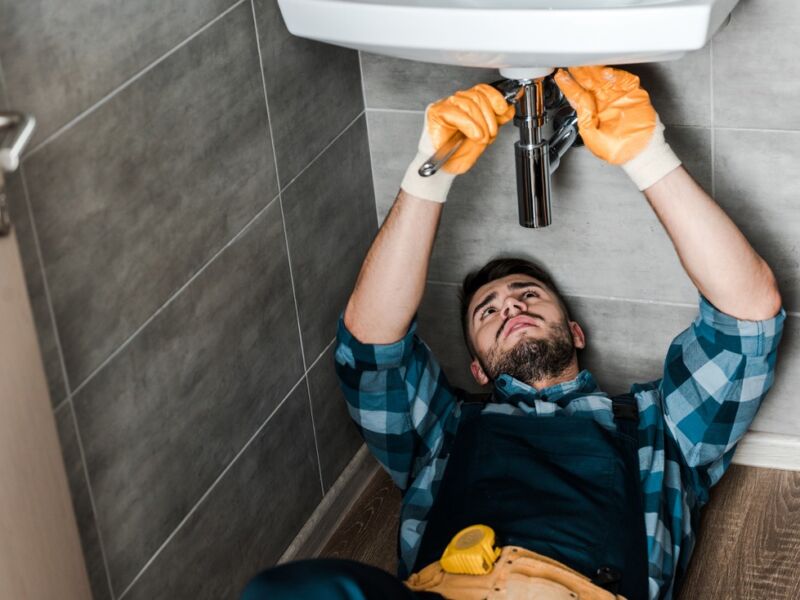
The Link Between Water Damage and Indoor Air Quality
Water damage can have a significant impact on indoor air quality, posing various health risks to occupants and damaging the structural integrity of the building. It is crucial to understand the link between water damage and indoor air quality and take necessary steps for proper restoration to improve the air you breathe.
1. The Effects of Water Damage on Indoor Air Quality

When water damage occurs in a building, it creates a favorable environment for the growth of mold, mildew, and bacteria. These microorganisms release spores and volatile organic compounds (VOCs) into the air, leading to respiratory issues, allergies, and asthma. The presence of excess moisture also promotes the growth of dust mites, which further contributes to poor indoor air quality.
2. Structural Damage and Hidden Moisture
Water damage not only affects the air quality but also causes structural damage to the building. The excess moisture can weaken the building materials, leading to rot, decay, and warping. In some cases, water damage may go unnoticed, and hidden moisture can accumulate in wall cavities, under flooring, and in ceiling spaces. This hidden moisture can foster mold growth and deteriorate the indoor air quality over time.
3. Remediation and Restoration Process
Proper water damage restoration is essential to improve indoor air quality and prevent further damage. The process involves removing excess water, drying the affected areas, and sanitizing surfaces to eliminate mold and bacteria. Restoration professionals use advanced equipment such as dehumidifiers and air scrubbers to remove moisture and purify the air. They also conduct thorough inspections to detect hidden moisture and ensure complete restoration.

4. Prevention and Maintenance
Prevention is key to maintaining good indoor air quality and avoiding water damage. Regular maintenance checks, including inspections of plumbing systems, roofs, and HVAC units, can help identify and address potential issues before they escalate. It is also crucial to address any signs of water damage promptly, such as leaks, water stains, or musty odors, to prevent further damage and maintain a healthy indoor environment.
5. The Role of Professionals in Water Damage Restoration
Water damage restoration is a complex process that requires expertise and specialized equipment. Hiring professionals, like JGW Group Water Damage Restoration Deerfield Beach, ensures thorough and efficient restoration while minimizing the risk of further damage. Professionals have the knowledge and experience to identify hidden moisture, perform structural repairs, and restore the indoor air quality to a safe and healthy level.
By addressing water damage promptly and employing professional restoration services, you can mitigate the adverse effects on indoor air quality and create a safe living or working environment for yourself and others.
What are the health risks associated with water damage?
How can water damage affect the structural integrity of a building?
Why is professional water damage restoration important?
Important Facts and Statistics about Water Damage Restoration:
- Water Damage Restoration Industry Data: The cleaning and remediation of assemblies often requires the attention of a water damage restoration professional for proper recovery.
- Water Damage Statistics: 10% of households waste over 90 gallons of water each day through minor leaks and drips, resulting in potential 10% savings on water bills.
- Starting Your Recovery After a Flood: The typical price range to restore water damage is between $1,240 and $5,342.
If you require professional water damage restoration services or need more information, contact JGW Group Water Damage Restoration Deerfield Beach at 754-294-5716.



